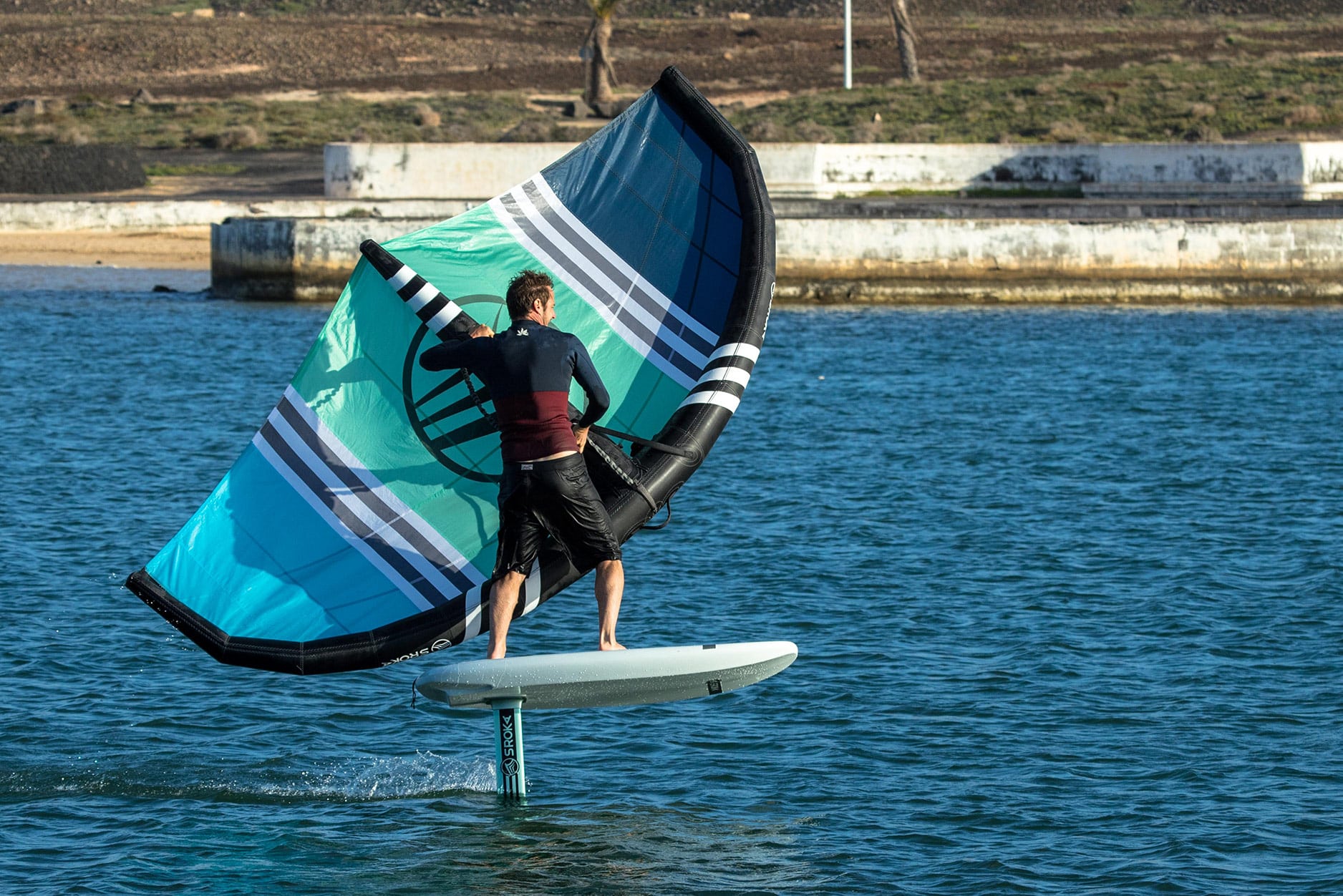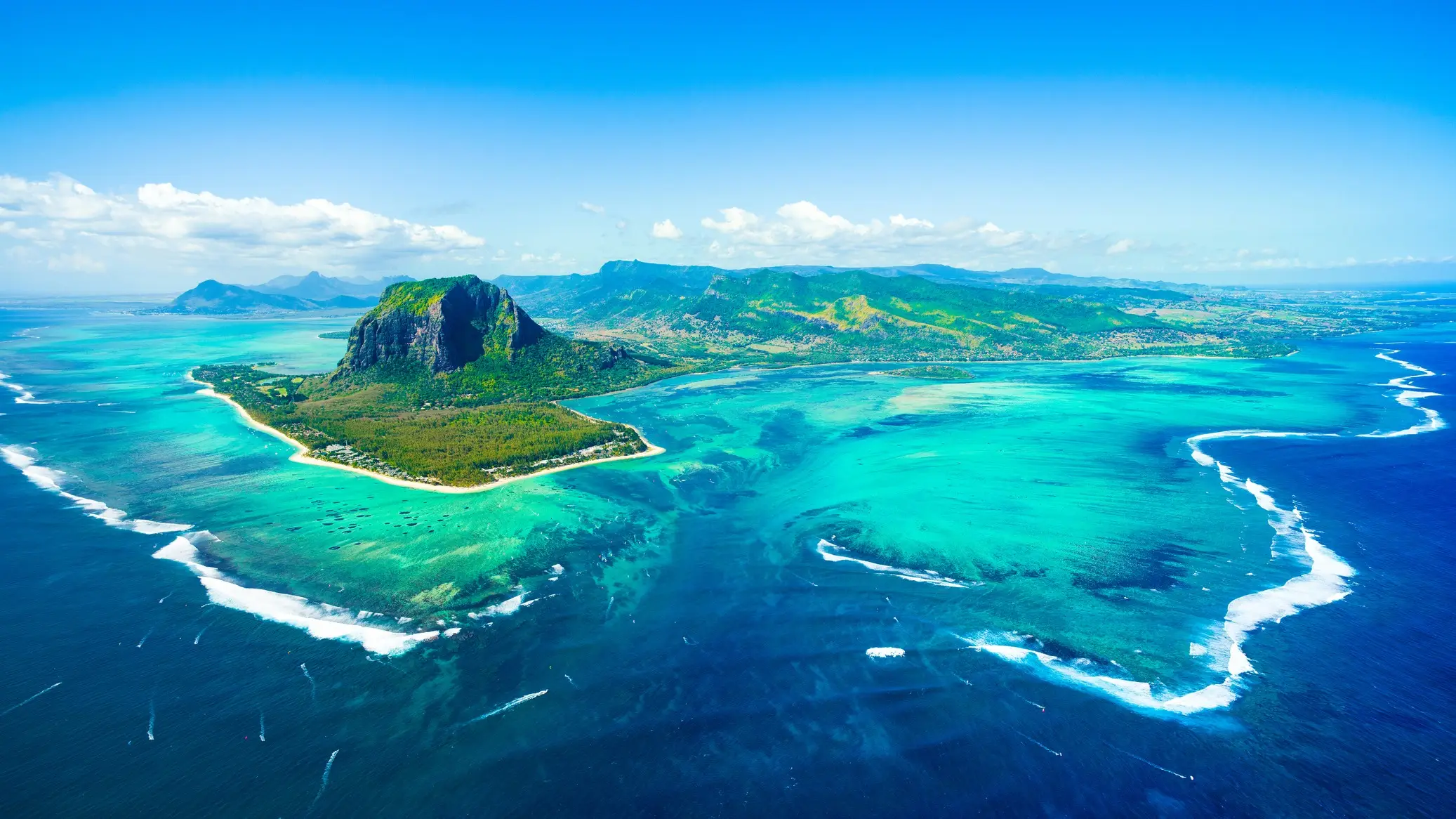Andalusia, a sunny region in the south of Spain, is a true paradise for water sports enthusiasts, especially wing foil. With its vast and diverse …
What is the physical condition for wing foiling?
Flexibility is one of the points that differentiates wing foiling from practices such as windsurfing. Where in windsurfing, we were always relatively upright, in wing, the only principle of the waterstart or the start on our knees requires not to be as stiff as our elite carbon mast. So you’re going to have to do some stretching, be more kind to your body overall and it will give it back to you.
For good sessions, you need to be flexible, especially to avoid injuries. To help you become as flexible as a 13-year-old gymnast, here are some stretching exercises that you will need to do as regularly as possible. These exercises are also accompanied by muscle-strengthening exercises to allow you to become the rock… Minimum!
The different muscle groups used in wing foiling
- Calves (twins/soleus) and anterior legs: Wingfoil often forces us to stay in very particular positions, among them, the squatting position to wait for the wind with a small board can be very painful if you are not used to it. To avoid turning these moments in the water into real torture, stretch your leg muscles as often as possible.
- Glutes: Stretching your glutes is paramount to keep you comfortable when squatting on the board.
- Hamstrings: When falls (many, no matter our level), it is essential to be able to take it, that’s why the hamstrings must be flexible, our body often bends because it is easily in the direction of its poor hamstrings.
- The lumbar (erector of the spine in general): The back, in general, should be stretched after each session to avoid locking it, especially when you are going to start your first rotations in the jumps.
- The abdominal strap-
- Scapula fixators (scapula since 2003): The wing implies that you have to pull on it, for this, the scapula fixators are strongly mobilized. It will therefore be necessary to stretch them to recover better and absorb shocks during falls.
- Forearms and biceps and triceps.
- Cervical muscles: They hold the head, so it is imperative to stretch them to avoid injuries, but also to strengthen them.
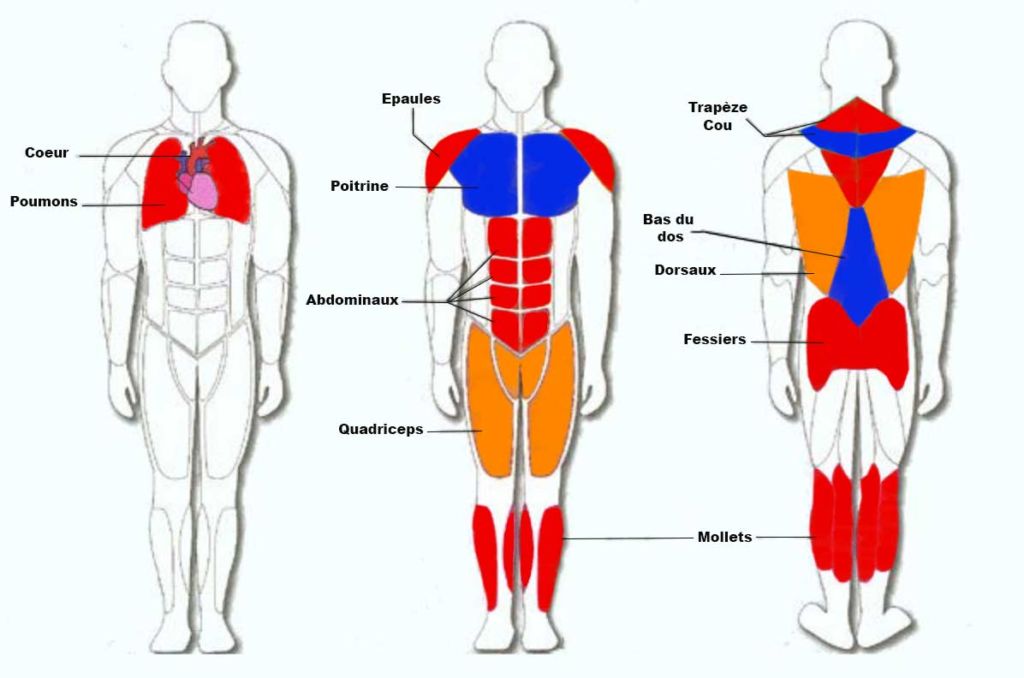
Your dynamism.
Wingfoil requires a very specific form of dynamism. Indeed, pumping and, in general, generating the power necessary to pull yourself out of the water requires a dynamic and propulsive effort.
To be dynamic, you will need to work on your physical condition in explosiveness.
1. Before starting the exercises:
It is essential, before embarking on a physical preparation worthy of a world champion, to take into consideration certain factors. First, your general condition, whether it’s your age, your body size, or just your goals. So he’s going to be ready to adapt some of the exercises, simplifying them if necessary. In case you are new to the type of exercise that follows, pay attention to your positions, always make sure to follow the posture and effort indications.
Specific physical preparation for wingfoil:
Wingfoil is a fairly complete sport, it requires you to have a pretty good overall shape. We therefore recommend exercising as regularly as possible before you even start a specific preparation.
2. Glutes / Quadriceps:
These two muscle groups are often used together, allowing the extension of the femur on the pelvis as well as the extension of the tibia and fibula on the femur. In short, leg extension. They will therefore work with exercises to extend these segments, for example, the most well-known of them, the squat or the lunge. The idea is once again to work on the substance and not the form, we are not here to hypertrophy (make bigger) the muscle. This involves long sets without trying to put a lot of weight.
(squat pattern) We will do squats with or without additional load, but always with a view to dynamism. The objective here is not to trigger the muscle hypertrophy that creates volume, we are looking for its efficiency and endurance therefore rather in aerobics.
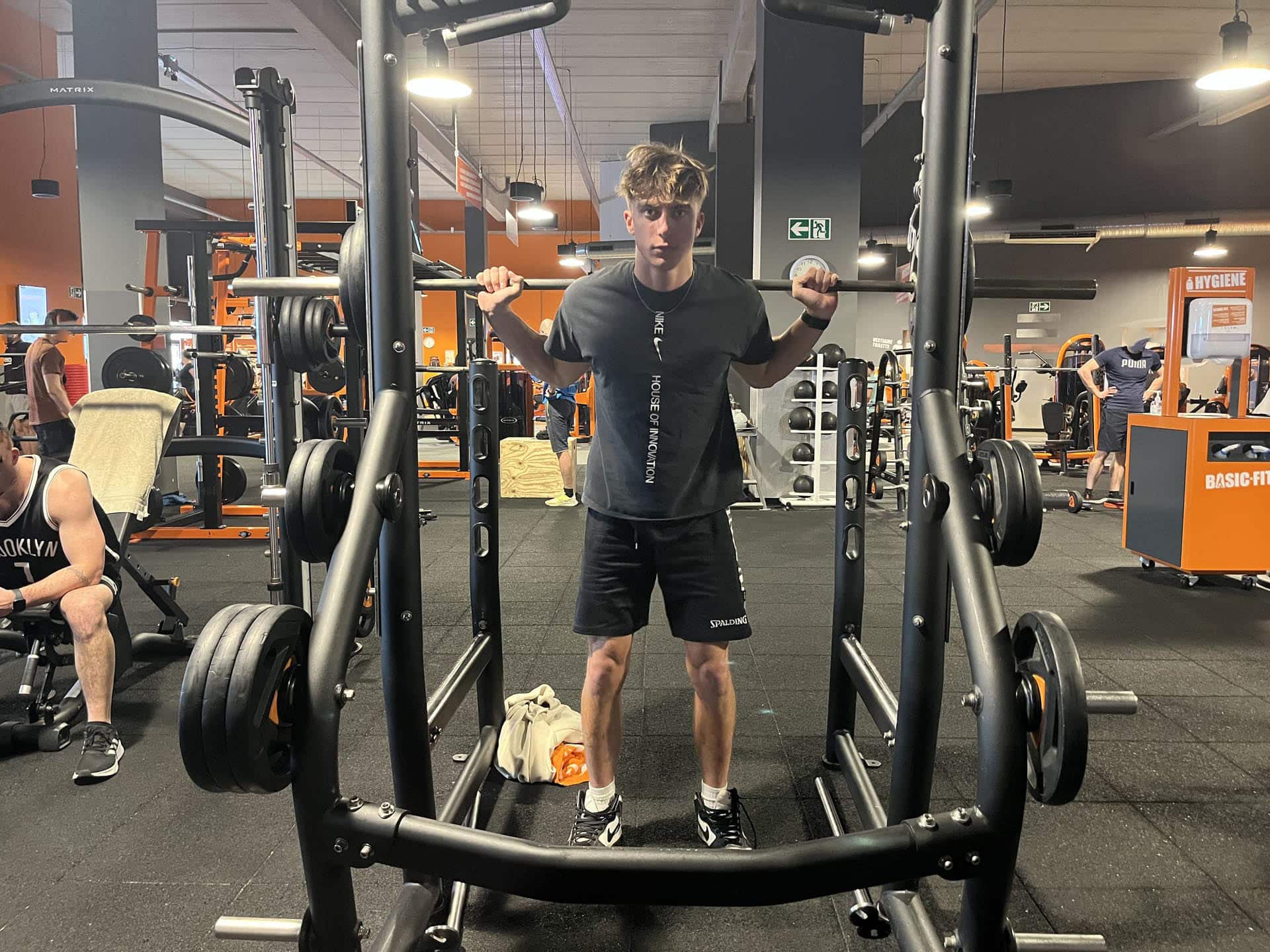
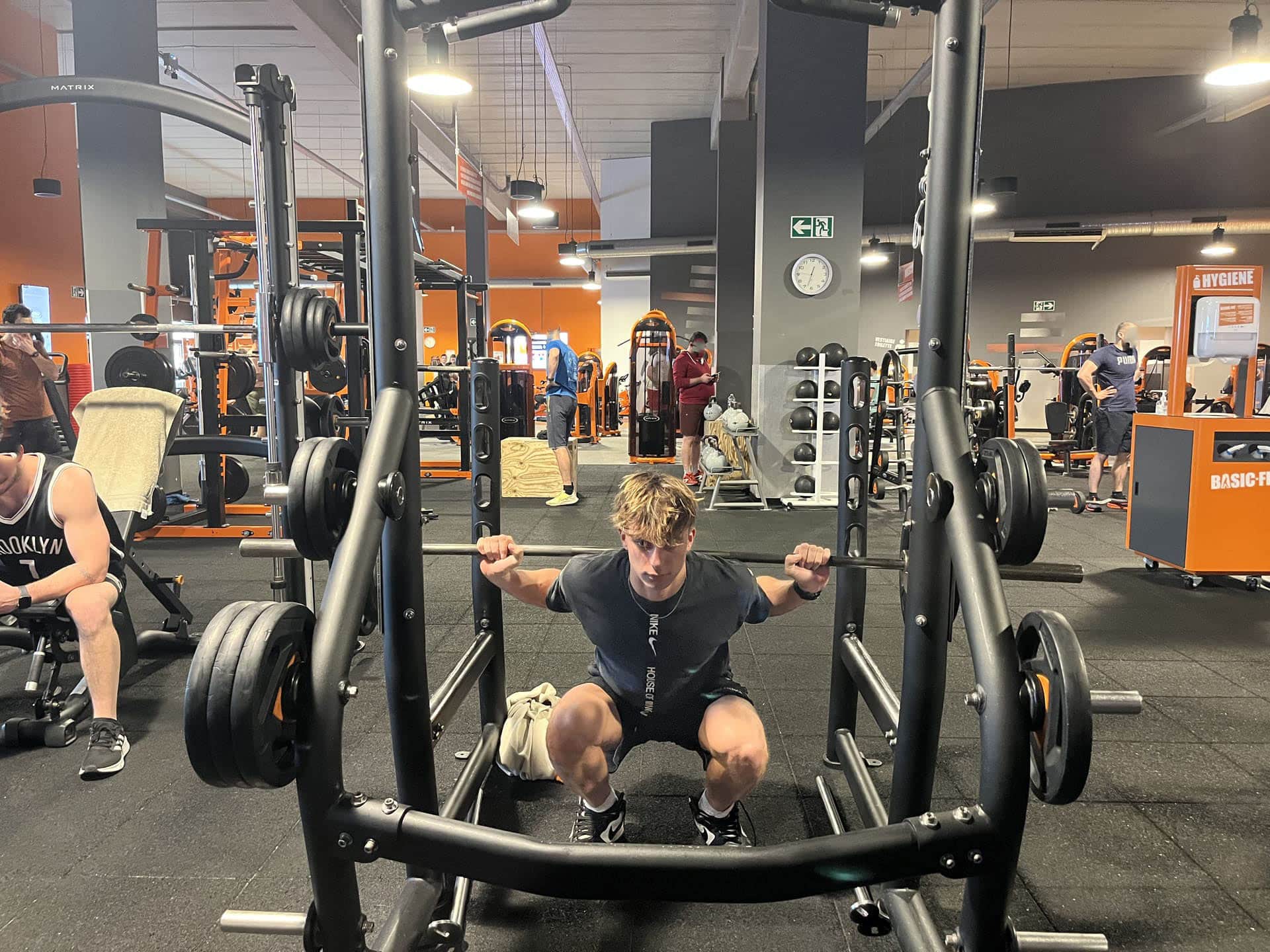
2. Scapula (Scapula) Fixators:
Scapula fixators are among the most used muscle groups in winging. They hold your shoulders back when the wing pulls you forward. Always in a logic of explosiveness and not hypertrophy (hypertrophy is developing the volume of the muscle), we will perform the exercises with body weight or similar load.
The diagrams on the right show pull-ups in pronator or supinator grip as well as rowing and reverse rowing.
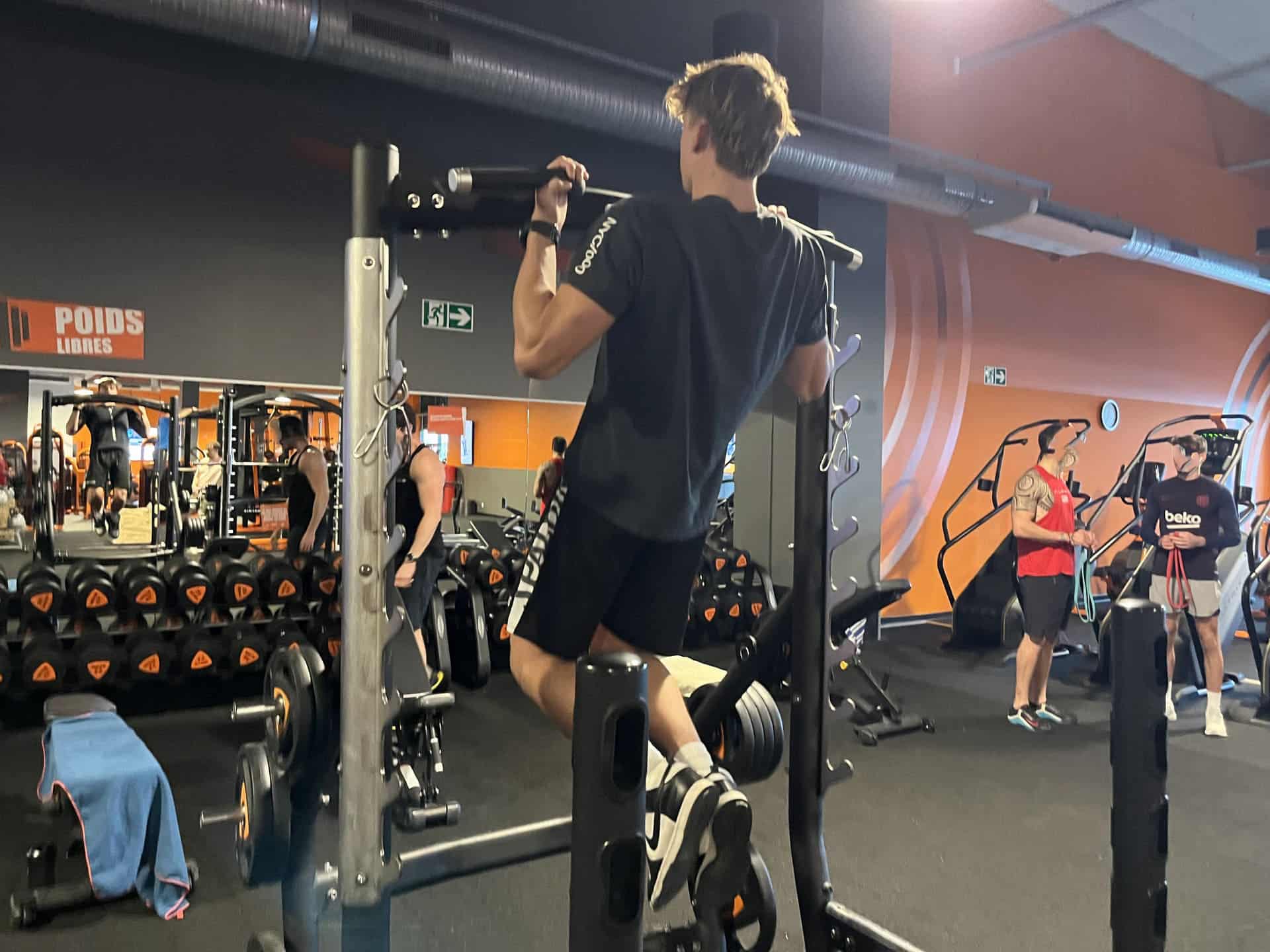
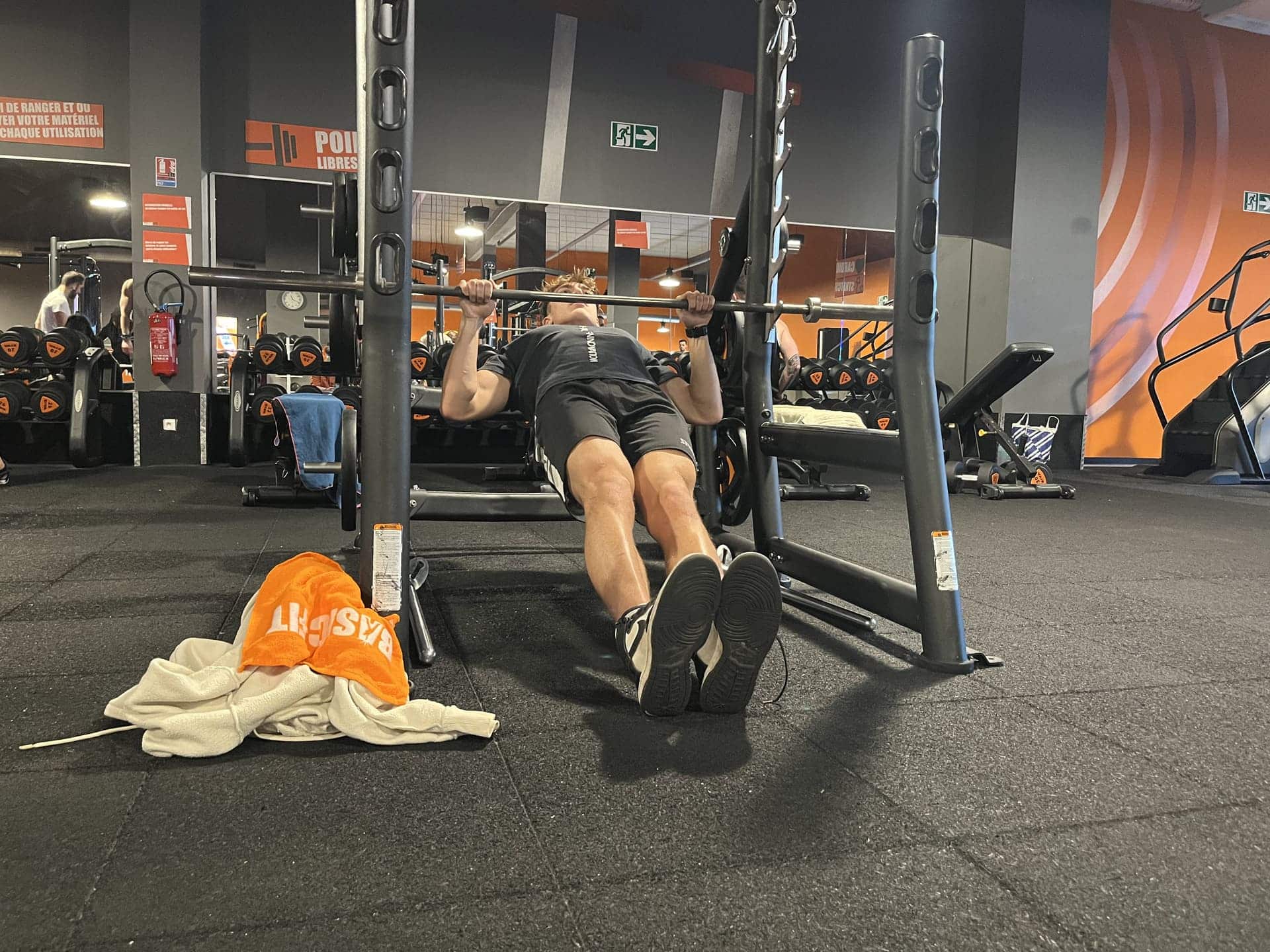
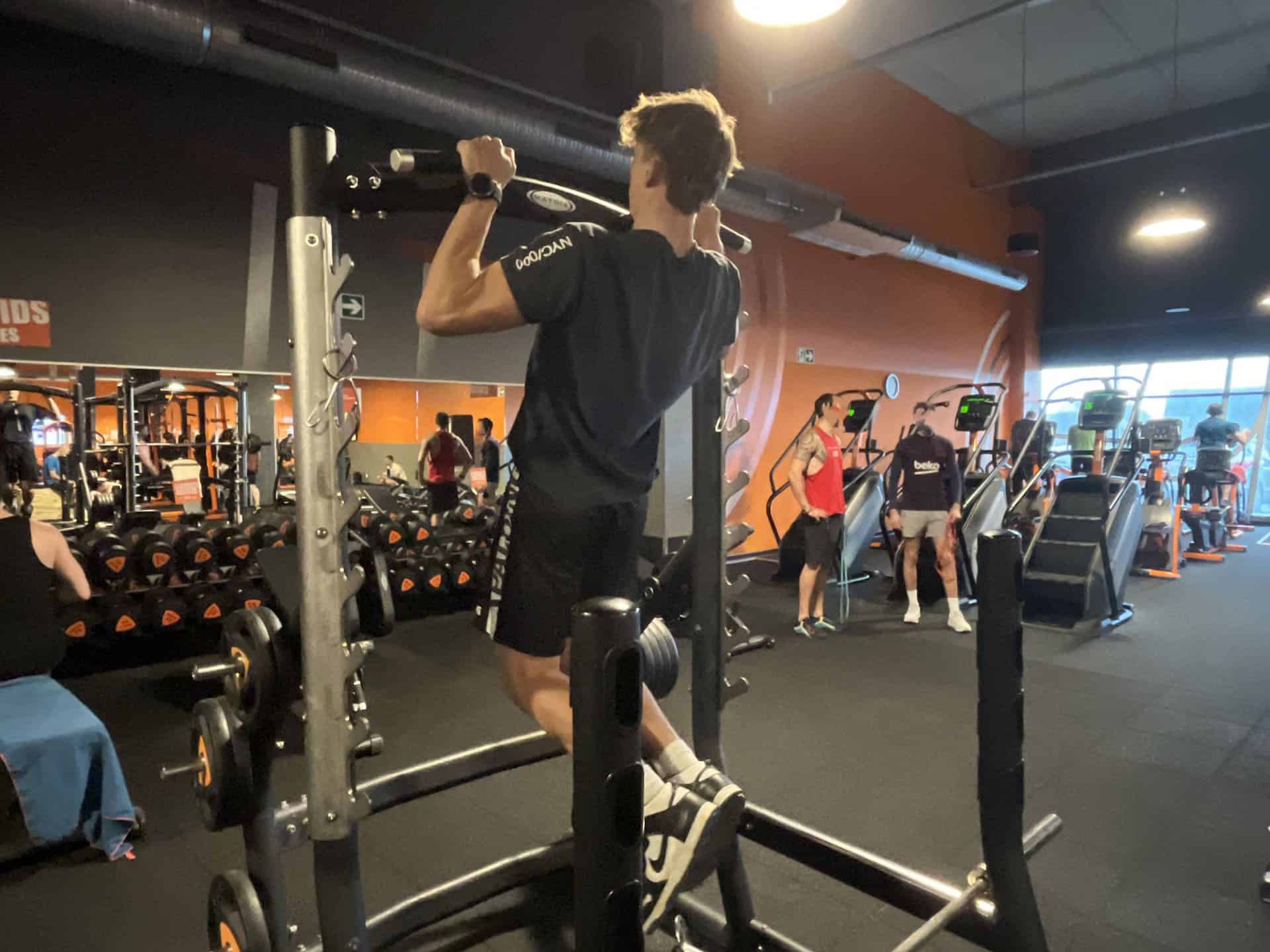
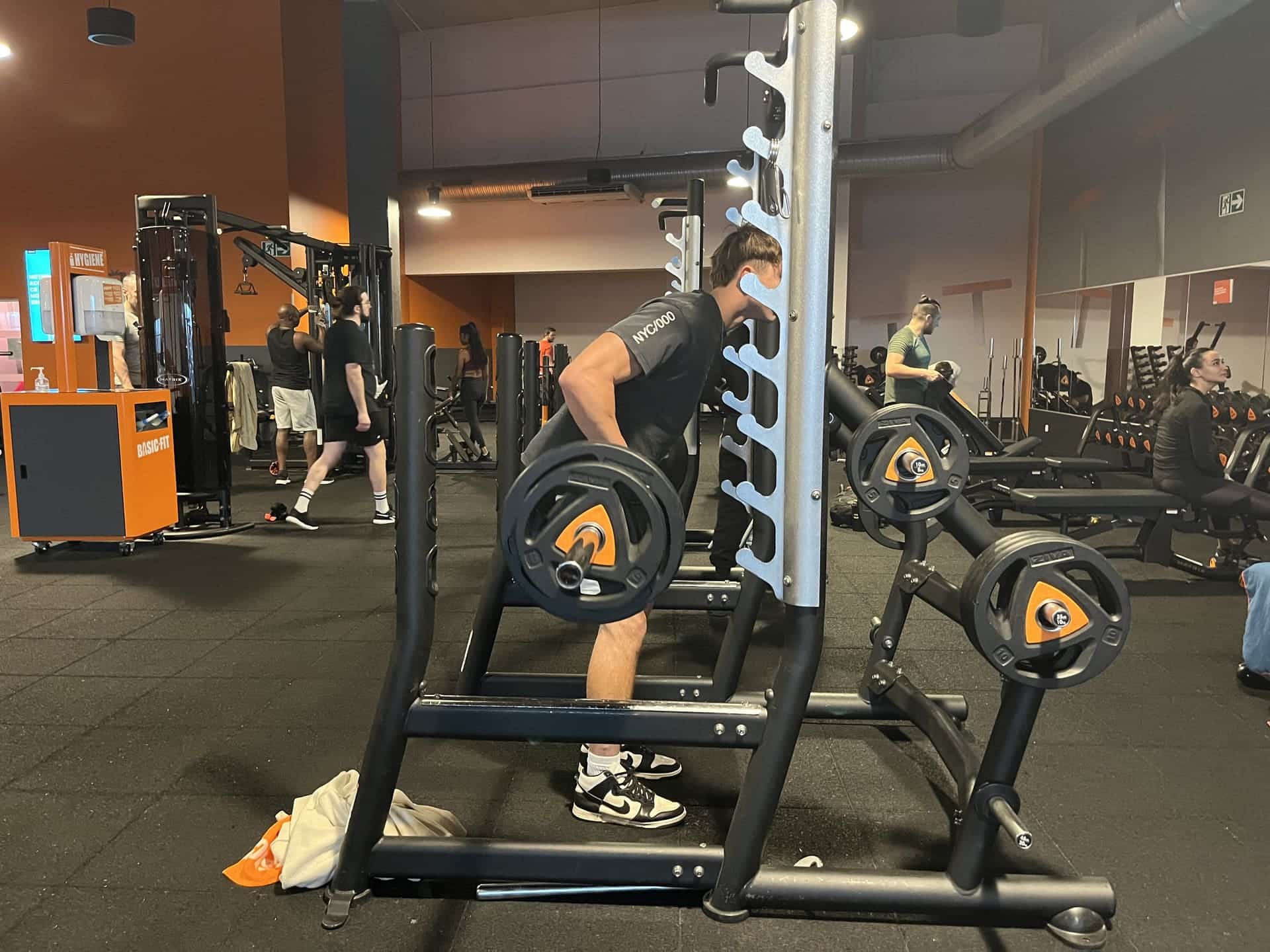
3. The Arms:
The arms are naturally worked in most of the exercises in our program, but when in doubt, and so that they never fail you, we will add arm exercises and more specifically, biceps and triceps.
The photos show push-ups, supinator pull-ups and curls.
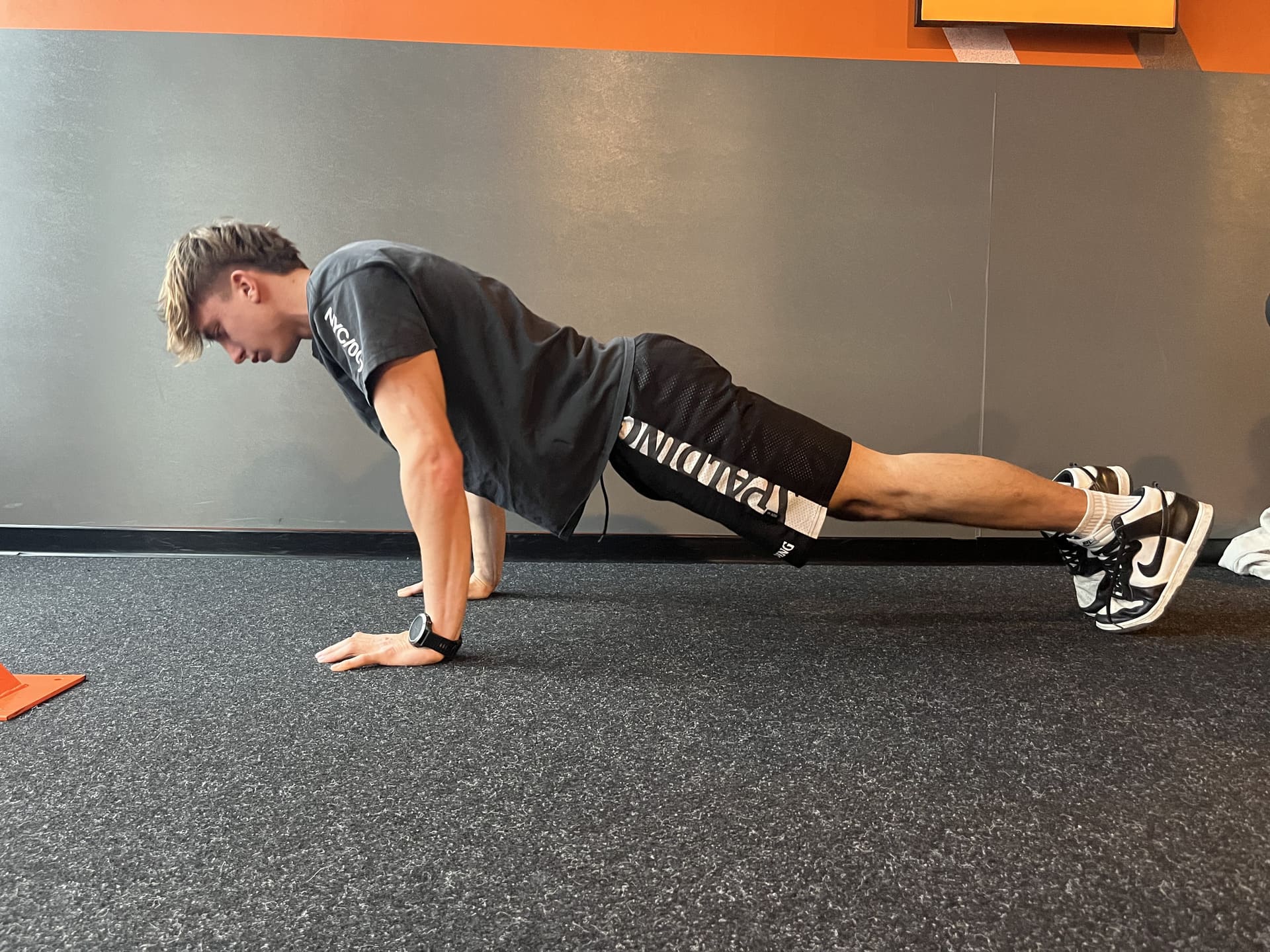

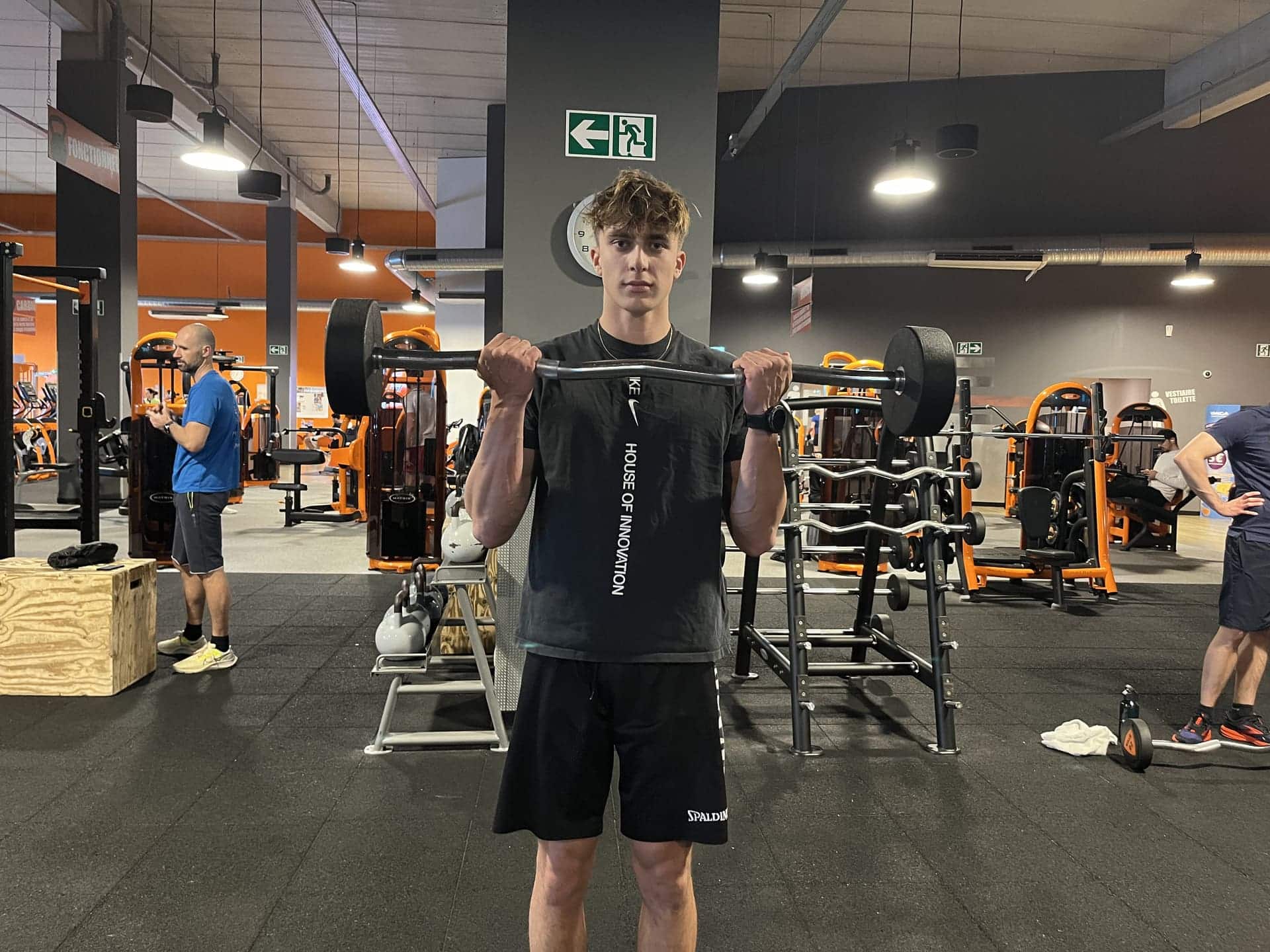
4. Shoulders:
The shoulders are the lateral support of your arm when you are in the water, they must be strong in order to allow you great stability in strong winds.
The photos show declined pumps, side lifts and military press.
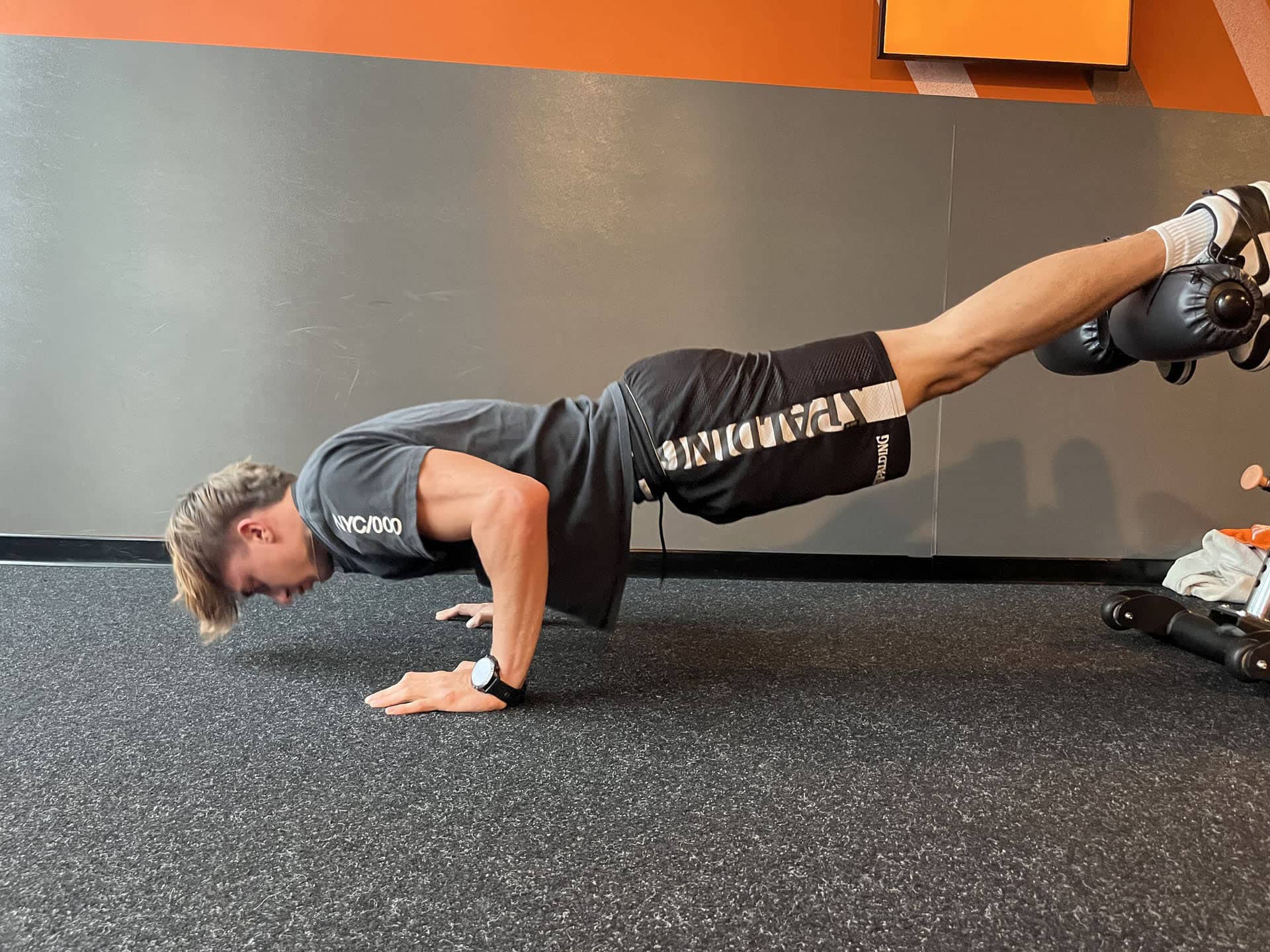
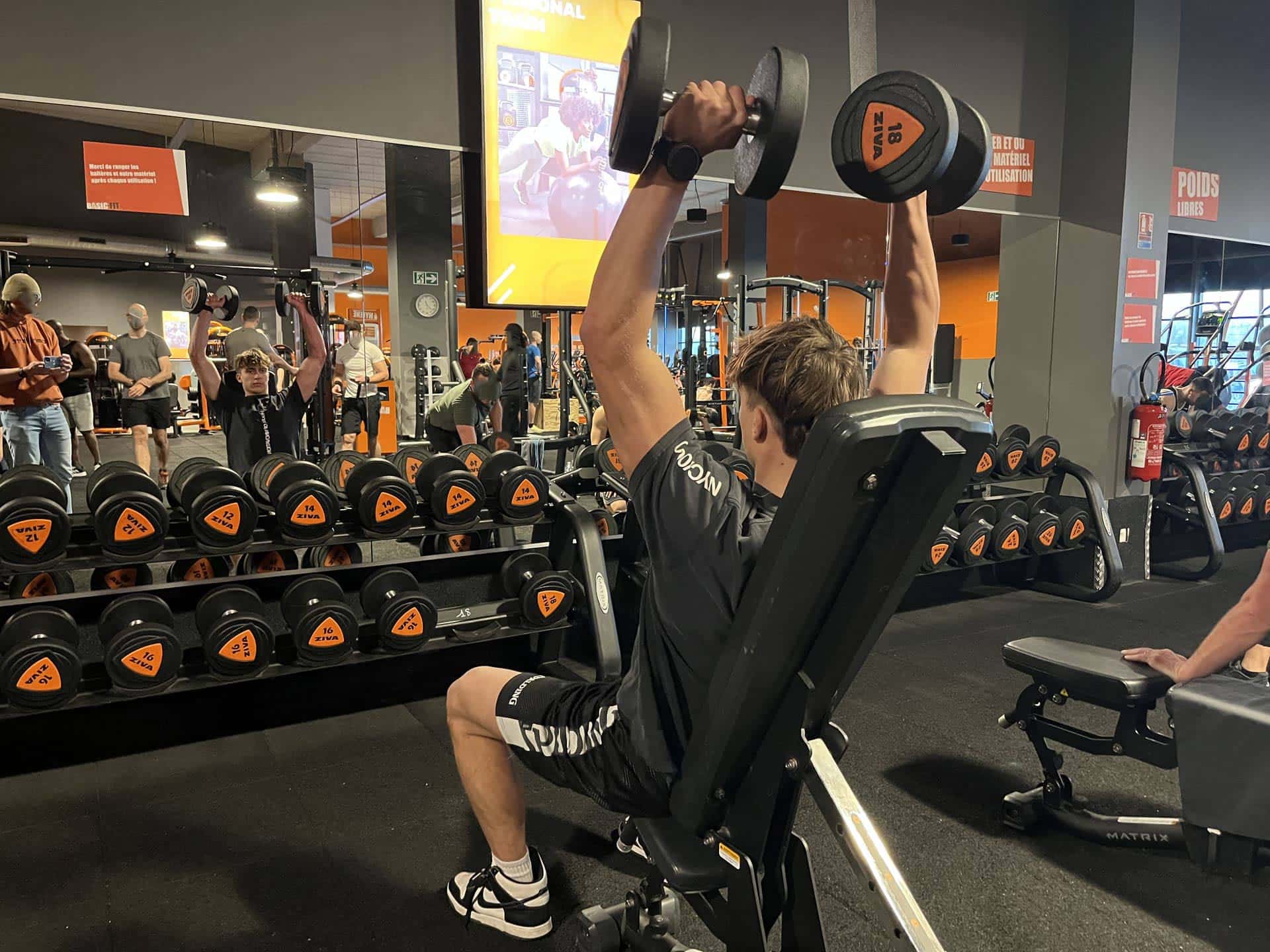
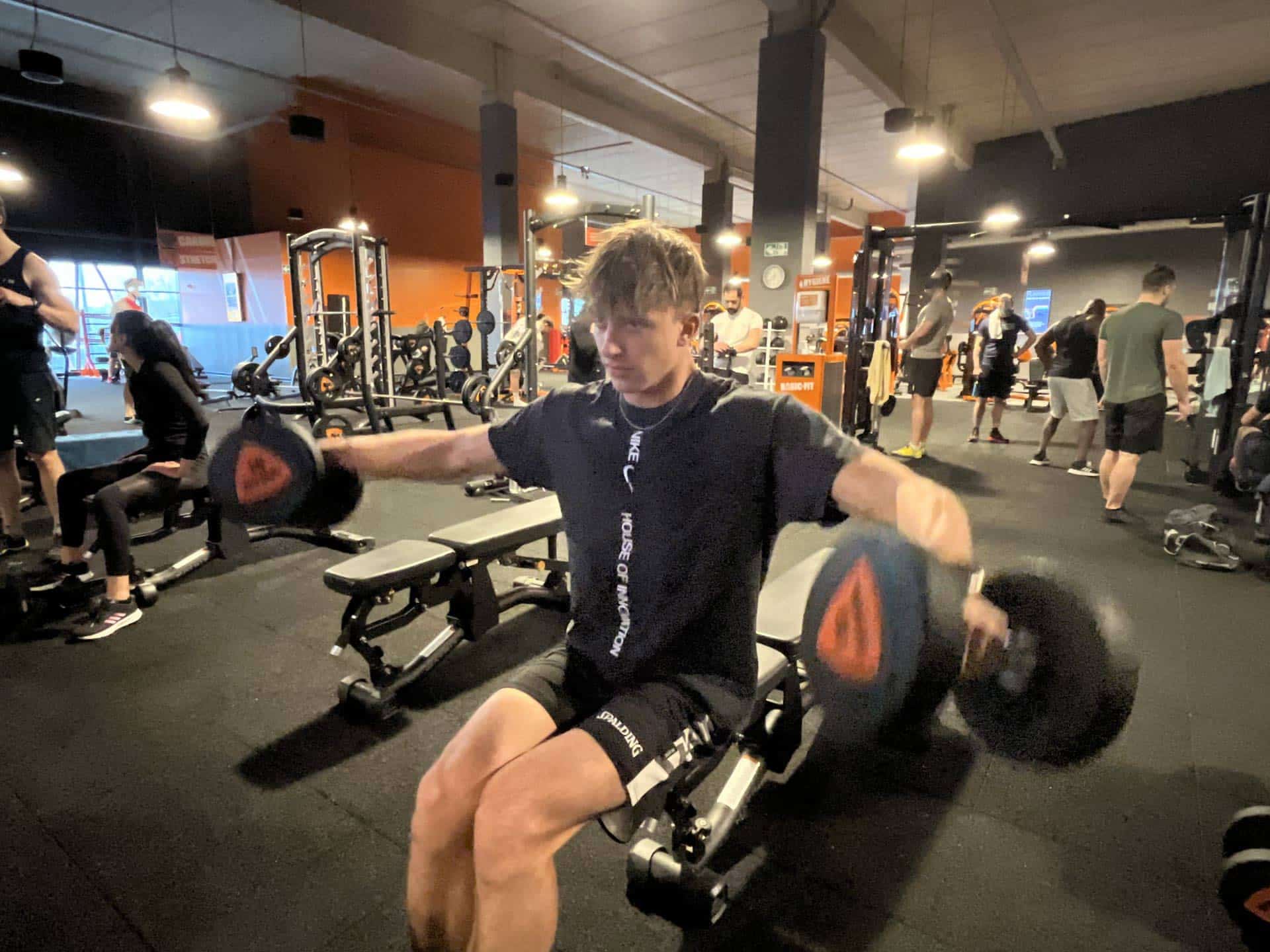
5. Digital flexors:
Holding the bars during all other exercises will allow you to work a lot on your holding strength. But, if you want to work on it more, here is a very effective exercise.
Here is a “hand grip” handle
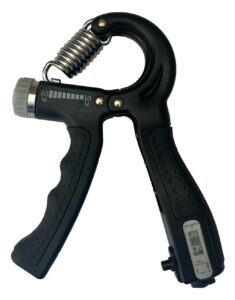
Medical follow-up:
In any case, the monitoring of your practice by a sports doctor and a physiotherapist is essential. You can also turn to a coach to help you with your physical preparation
After the session to recover well: the importance of stretching
After an intense workout, stretching plays a crucial role in recovery and maintaining muscle health. Here’s why you should incorporate stretching into your post-workout routine:
1.Facilitates Muscle Recovery:
- Stretching helps reduce the buildup of lactic acid in the muscles, which can cause aches and pains.
- By promoting blood circulation, stretching allows essential nutrients to reach muscle tissue, speeding up recovery.
2.Maintains Joint Mobility:
- After a workout, muscles tend to contract and become stiffer. Stretching helps maintain joint flexibility.
- Good joint mobility prevents injuries and improves athletic performance.
3.Prevents aches and pains:
- Muscle soreness is often caused by muscle micro-injuries. Gentle stretching helps repair these lesions and reduce pain.
- By stretching the muscles, you also promote their elasticity, which decreases the risk of post-workout stiffness and soreness.
4. Relaxation and Mental Well-Being:
- Stretching calms the nervous system and promotes mental relaxation.
- After an intense workout, taking a few minutes to stretch helps you refocus and reduce stress.
Stretching the forearms
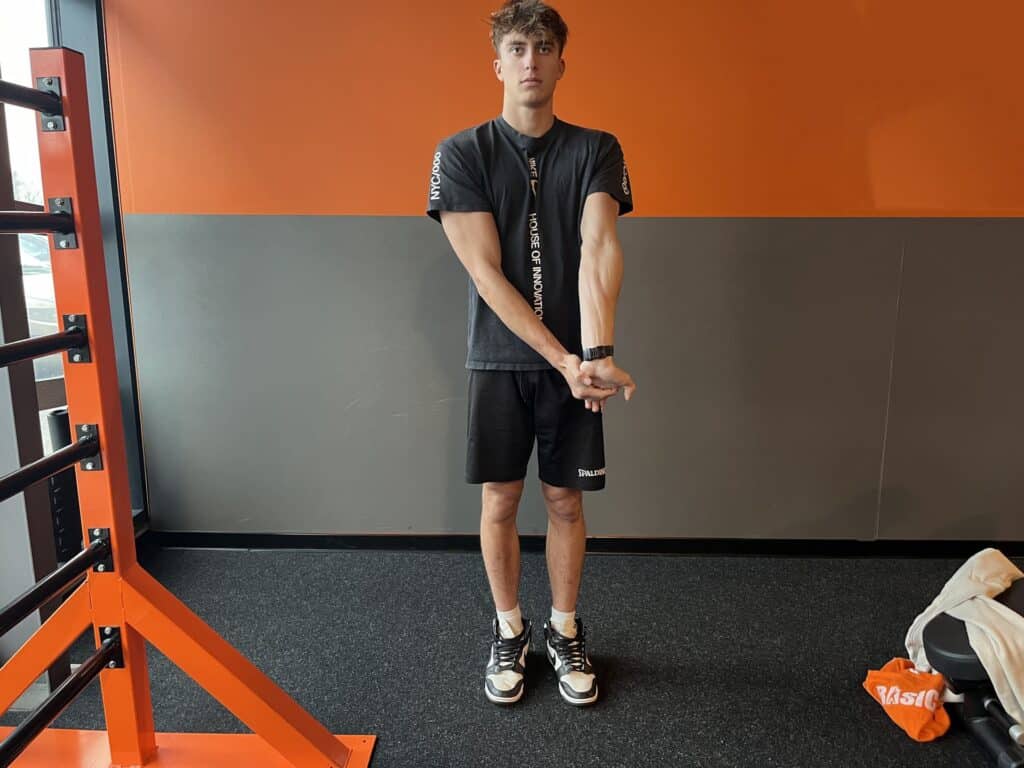
Stretching the lats
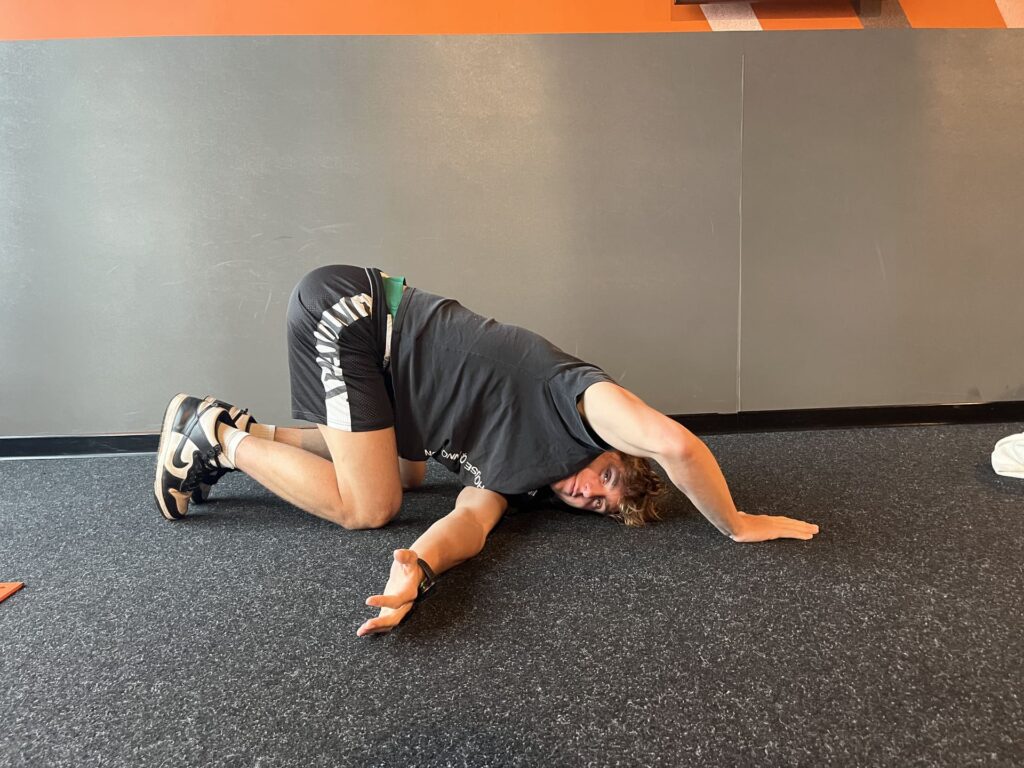
Deltoid stretching
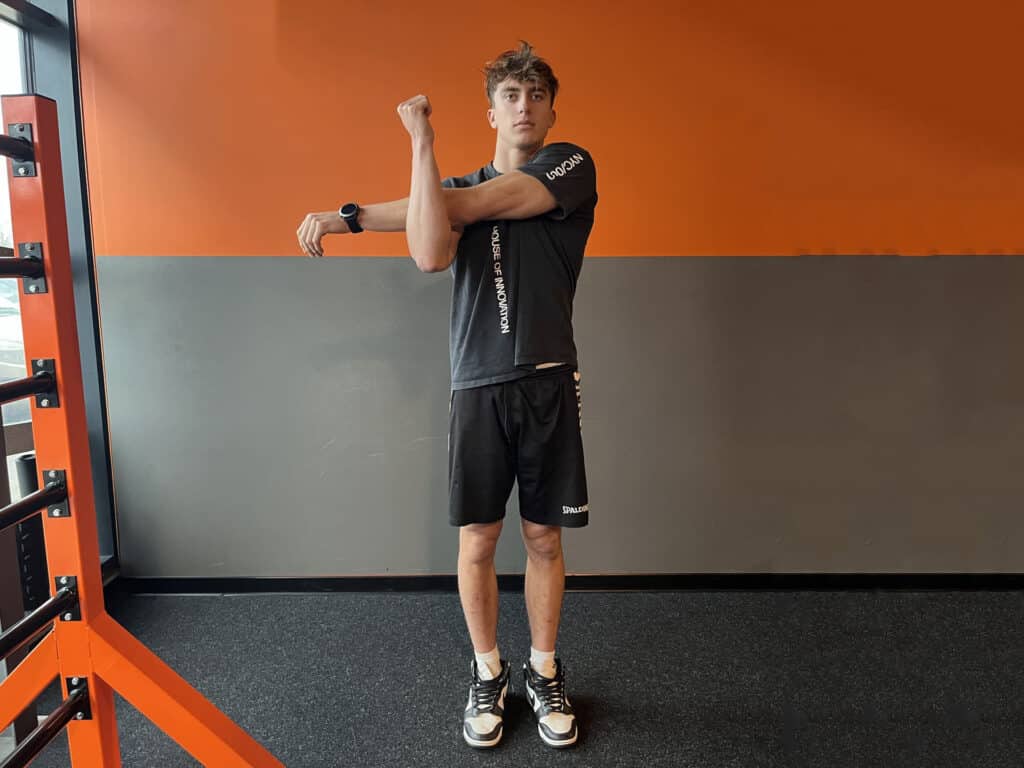
Lumbar stretch
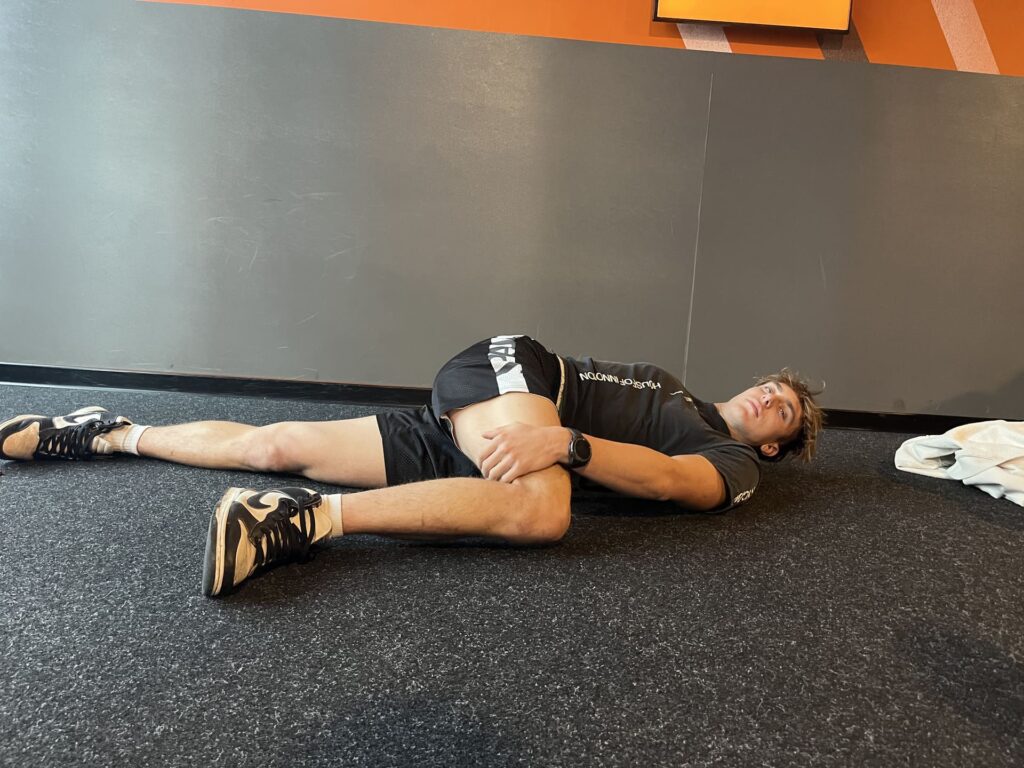
Stretching the hamstrings
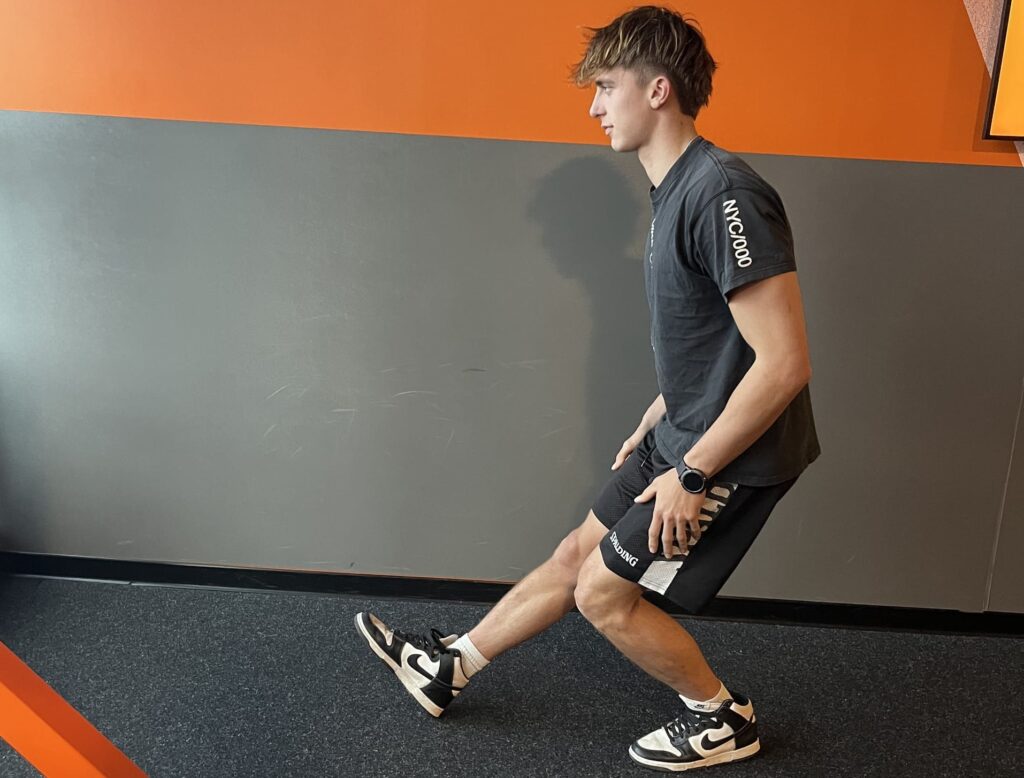
Calf stretch
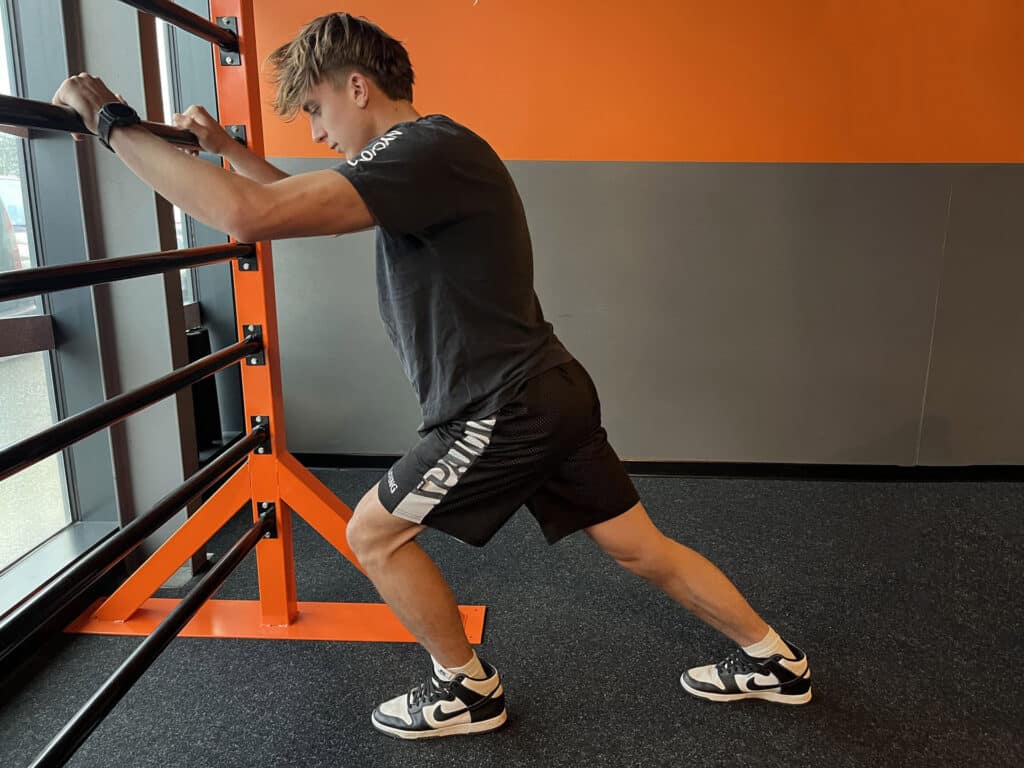
Quadriceps Stretching
Glute stretching
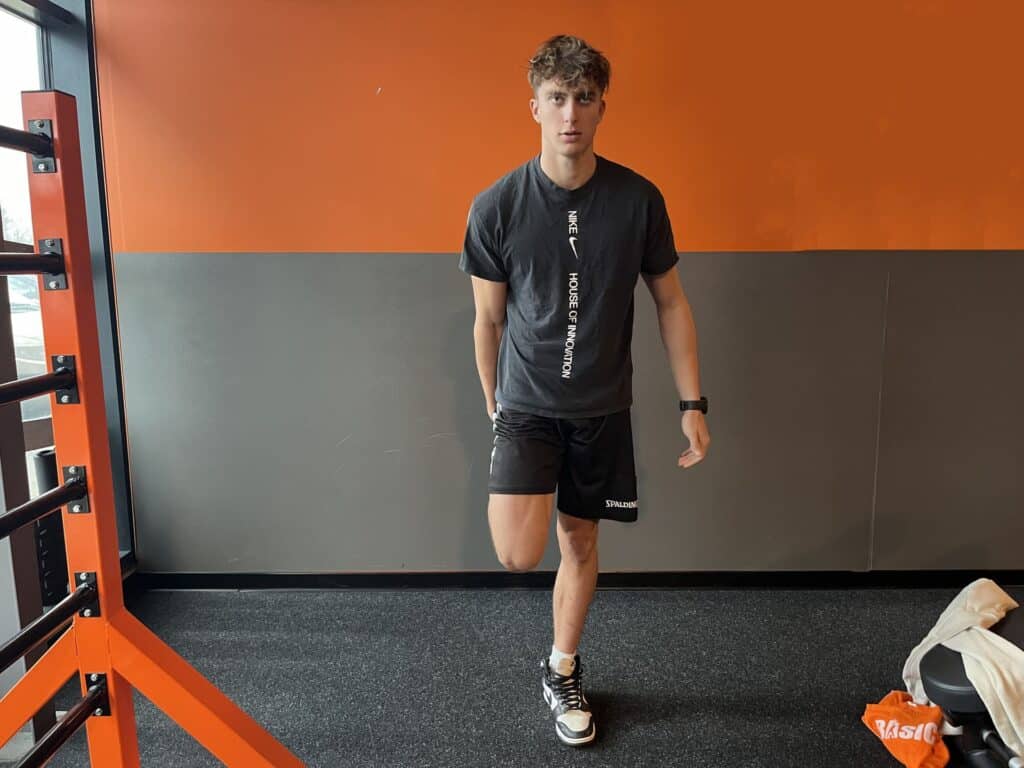
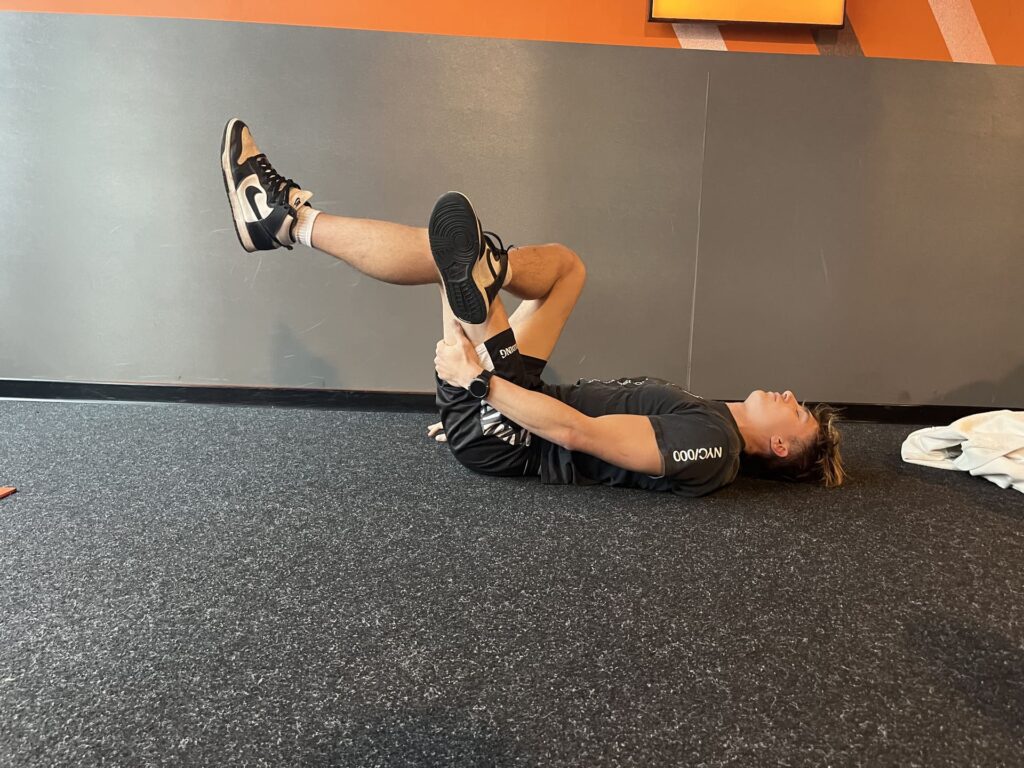
Conclusion
To conclude, wingfoil is a very complete sport that is one of those pleasure sports where it is too easy to practice just for the fun aspect and for the sensations, but a good physical preparation will allow you to enjoy your sessions even more and multiply/lengthen them.
So maintain your body to enjoy your sessions, stretch after each one and protect your most precious asset to make old wingfoilers!
If you still have questions about this, or for any other request, please do not hesitate to contact us !
Article you may be interested in
The 360 wing foil is a maneuver that allows you to start freestyle flat on the water. This trick, which involves making a complete turn …
Mauritius, known for its white sandy beaches and crystal clear waters, is a dream destination for water sports enthusiasts. Among the popular activities that attract …
Wingfoiling is an emerging water sport that is gaining popularity due to its high accessibility. Whether you are young or old, wingfoiling is an activity …


